talkingfashion
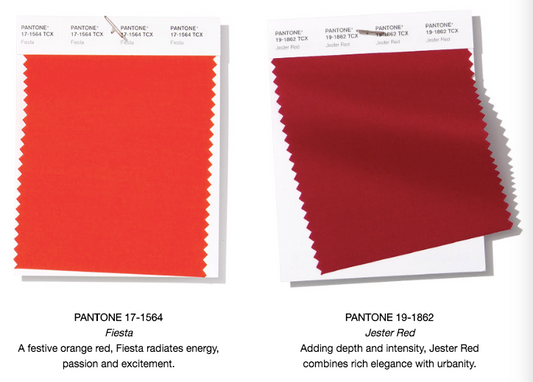
Color and Fashion: Pantone Colors
Color and Fashion: Pantone Colors By Paige McKirahan As the leaves outside are beginning to change, we here at TalkingFashion are feeling chromatic and decided that there is no...
Color and Fashion: Pantone Colors
Color and Fashion: Pantone Colors By Paige McKirahan As the leaves outside are beginning to change, we here at TalkingFashion are feeling chromatic and decided that there is no...
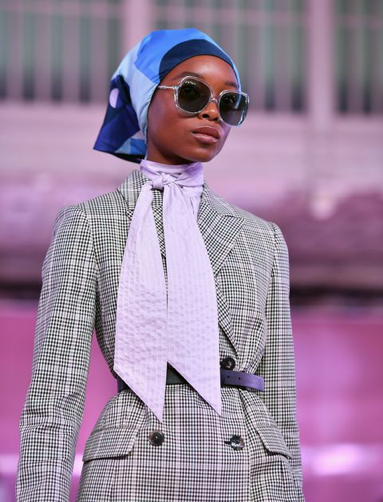
The SS ’19 Fashion Month Scarf Revival
The SS ’19 Scarf Revival By Paige McKirahan Is the impending cold weather giving you the winter blues before the season has even begun? Are you already scrambling to find...
The SS ’19 Fashion Month Scarf Revival
The SS ’19 Scarf Revival By Paige McKirahan Is the impending cold weather giving you the winter blues before the season has even begun? Are you already scrambling to find...
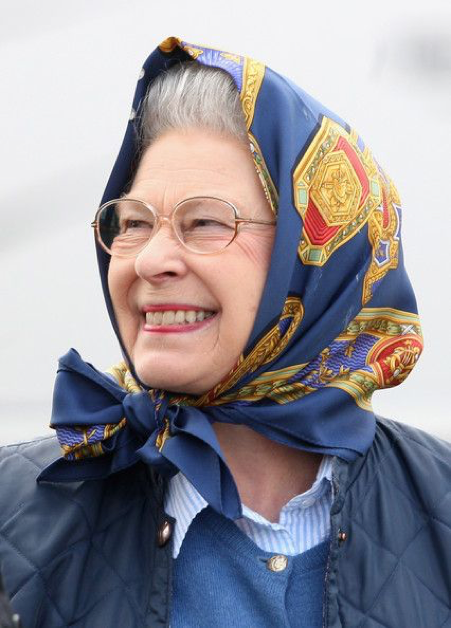
Scarves Throughout Time
Scarves Throughout Time By Paige McKirahan Calling all scarf lovers! Have you ever wondered how this beloved trend came into circulation? Well, wonder no more! With origins tracing their...
Scarves Throughout Time
Scarves Throughout Time By Paige McKirahan Calling all scarf lovers! Have you ever wondered how this beloved trend came into circulation? Well, wonder no more! With origins tracing their...
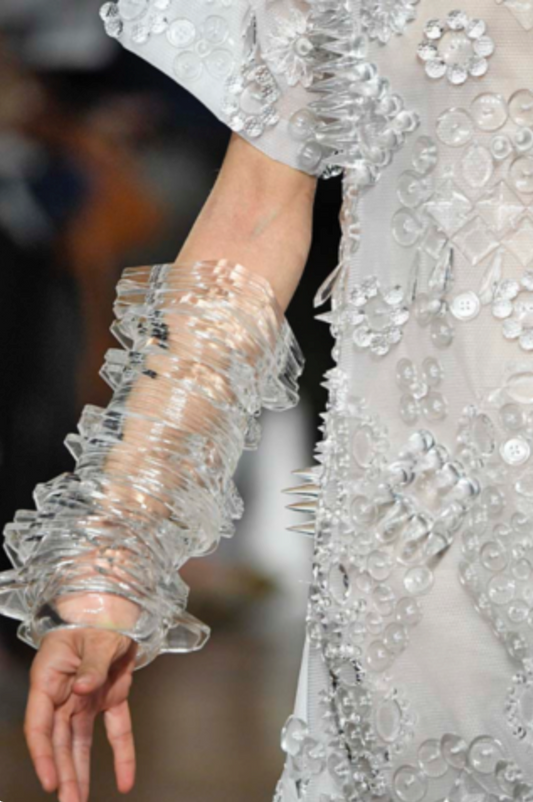
Paris Fashion Week SS’19 Accessories Trend Spot...
Paris Fashion Week SS’19 Accessories Trend Spotlight By Paige McKirahan Hello, fashion week aficionados! As a month of fabulous spring and summer fashion is finally coming to a close,...
Paris Fashion Week SS’19 Accessories Trend Spot...
Paris Fashion Week SS’19 Accessories Trend Spotlight By Paige McKirahan Hello, fashion week aficionados! As a month of fabulous spring and summer fashion is finally coming to a close,...
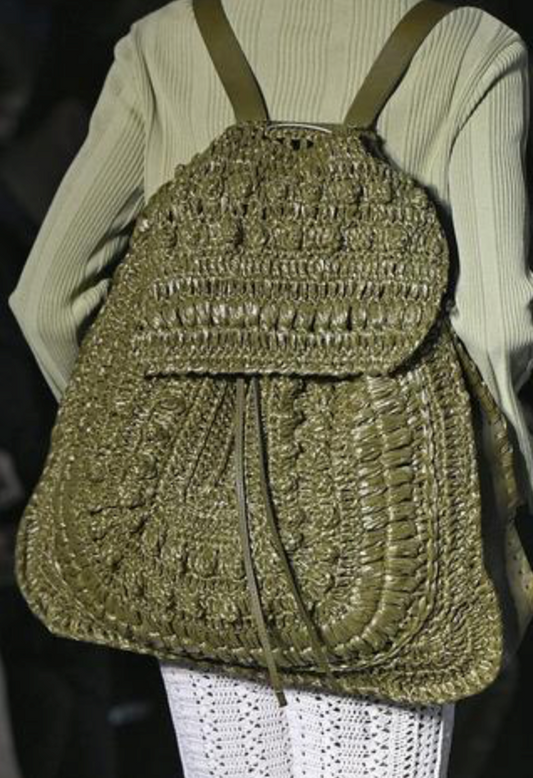
Milan Fashion Week SS’19 Accessories Trend Spot...
Milan Fashion Week SS’19 Accessories Trend Spotlight By Paige McKirahan Hello again, fashionistas! As Milan Fashion Week reached its conclusion on September 25th, we thought that we would reflect...
Milan Fashion Week SS’19 Accessories Trend Spot...
Milan Fashion Week SS’19 Accessories Trend Spotlight By Paige McKirahan Hello again, fashionistas! As Milan Fashion Week reached its conclusion on September 25th, we thought that we would reflect...
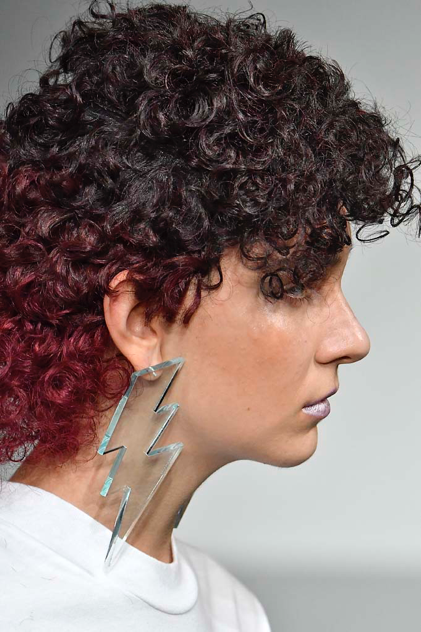
London Fashion Week SS'19 Accessories Trend Spo...
London Fashion Week SS'19 Accessories Trend Spotlight By Paige McKirahan Welcome back to the Talkingfashion blog, fashion week lovers! Today, we have decided to take a look at the...
London Fashion Week SS'19 Accessories Trend Spo...
London Fashion Week SS'19 Accessories Trend Spotlight By Paige McKirahan Welcome back to the Talkingfashion blog, fashion week lovers! Today, we have decided to take a look at the...